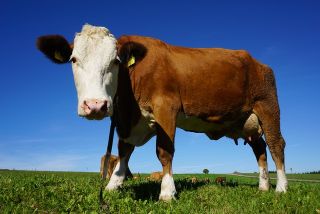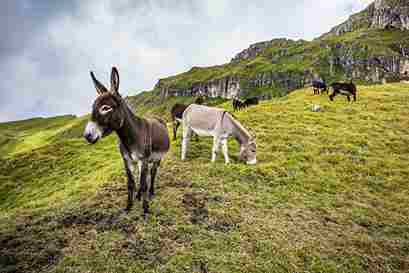Do Scallops Sneeze? (EXPLAINED!!)
As far as marine animals are concerned, scallops seem to never go out of fashion. Whether you see them as food or pet, it is difficult not to be fascinated by all their exploits. These include the ability to “jump” and swim very short distances, as well as the ability to take a “sneeze” like most people often think. So, do scallops really sneeze?
No, scallops do not “sneeze” like humans. In fact, they lack the ability or biological structure to do this. What you see as a “scallop sneezing” is actually a snapping sound in response to a threat or danger. This sound is made when their adductor muscles contract, a defense mechanism they use to protect themselves from predators.
Like other bivalves, scallops rely on both mechanical and behavioral defenses to evade predators. While their hard shells serve as a protective armor, they also help them to swim away from danger or burrow and hide in the rocks.

Do Scallops Have a Mouth?
Yes, they do. Bivalves generally have a mouth amongst other organs. Scallops are no different. Their mouth is located on the lower part (underside) of their body and it serves as a passage for food.
Scallops are essentially “filter feeders”, which means they strain their food from water using their gills. The water passes through a specialized filtering structure, where the food particles are trapped in mucus, and then moved into the mouth by the cilia. Other animals with a similar feeding method are sponges, clams, baleen whales, and various kinds of fish.
A scallop’s diet mainly consists of plankton which includes algae, diatoms, krill, and crustaceans, as well as eggs and larvae of larger animals.
Once the food moves through the mouth, it is passed on to the digestive gland, where it is broken down.
Why do Scallops Sneeze?
As earlier indicated, scallops lack the ability the sneeze as it’s understood in other animals, especially humans. The term “sneeze” is used colloquially to describe a different behavior in them. This happens when their large adductor muscles contract causing their shells to close rapidly. This creates a snapping sound similar to sneezing in humans.
Scallops behave this way when they are trying to protect themselves or get away from danger or predators such as fish or crabs. Sometimes, the “clapping” of the shell valves propels the scallop forward, allowing it to swim or move away from the predator. After clapping several times, the scallop will often sink to the bottom of the ocean and anchor itself to the seafloor, rock, or other surfaces.
Predators are not the only reason scallops “clap”. They also do this when threatened by strong waves or currents. Also, some species such as bay scallops react this way to get rid of silt on their gills. Without this, the gills will get clogged, causing them to get suffocated.
They are two main reasons why scallops can’t sneeze as you understand it.
Scallops lack respiratory systems
Unlike other animals, scallops lack a nasal passage, which is required to sneeze. Animals generally sneeze to clear their nasal passage of pesky irritants such as pollen, mold, dust, and dander. Since there’s no nasal passage in scallops, they do not sneeze.
Scallops lack actual brains
Unlike humans, scallops lack actual brains or a nervous system that can produce a complex reflexive response like sneezing. For an animal to sneeze, certain neural pathways must be activated with muscle coordination. These muscles are usually found in the head and chest. Scallops lack the anatomy to make this possible. In fact, their nervous system is controlled by three paired yellow ganglia positioned across their anatomy.
Conclusion: Do Scallops Sneeze?
To conclude, scallops do not sneeze like humans or other animals. They lack the anatomy or physiology to produce such a complex response. What you regard as sneezing in scallops is actually a reflexive behavior to evade danger or avoid getting suffocated as seen in bay scallops. So, the next time you see a scallop “clapping”, just know that it is trying to avoid or get away from something.
More Resources:
https://www.nature.com/articles/s41598-020-76358-x
https://en.m.wikipedia.org/wiki/Filter_feeder





